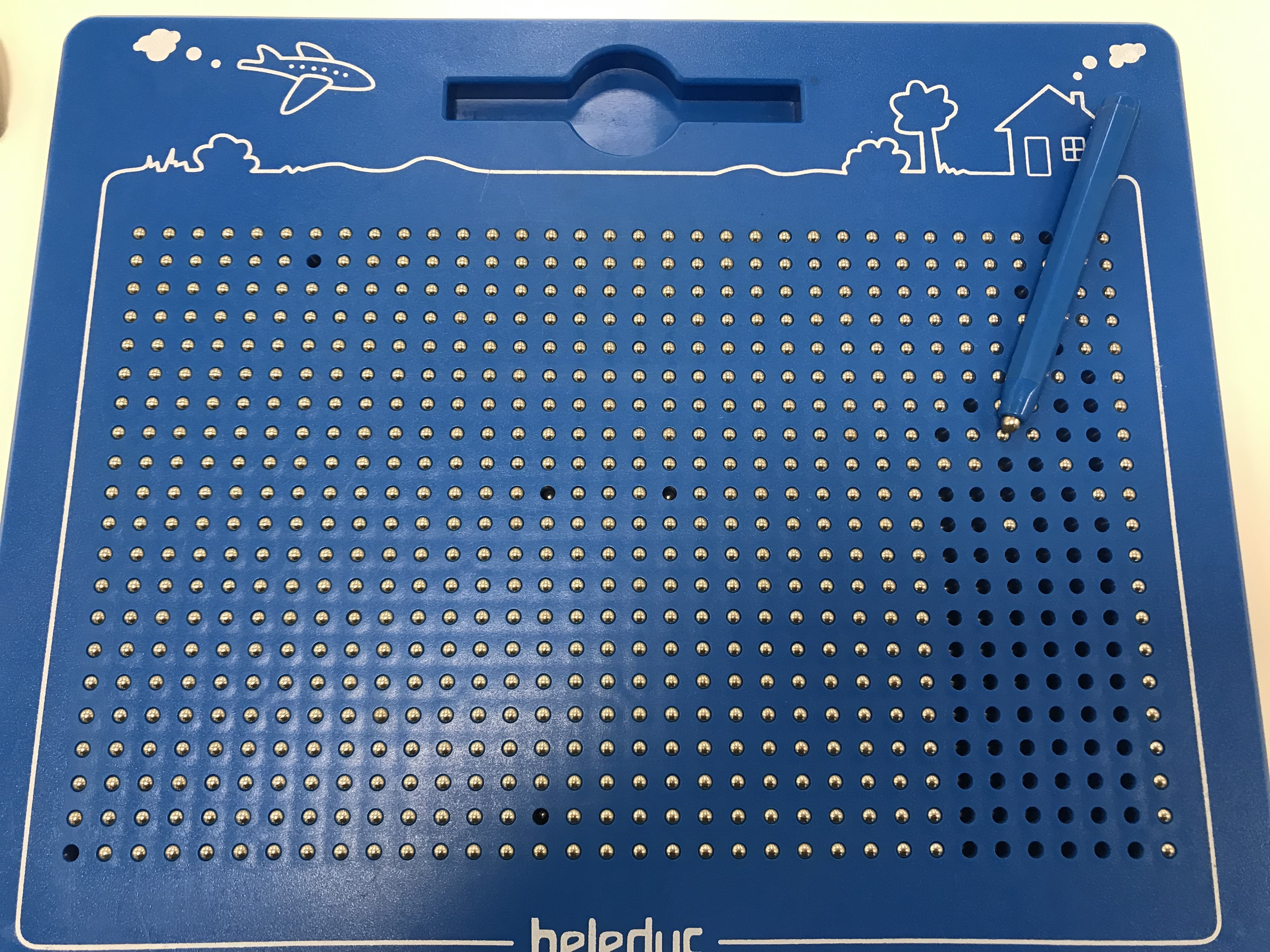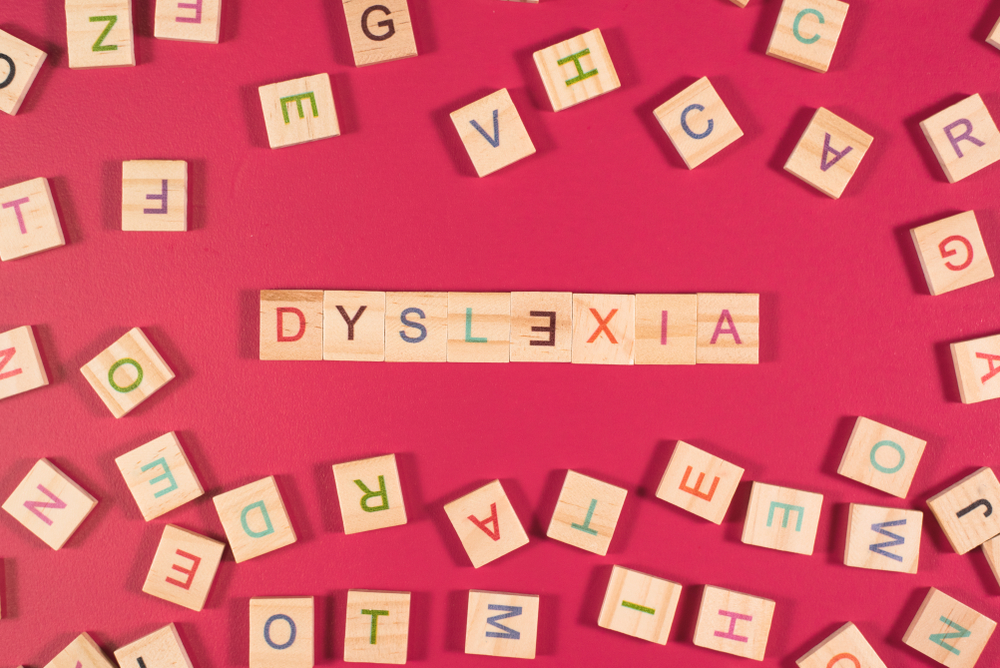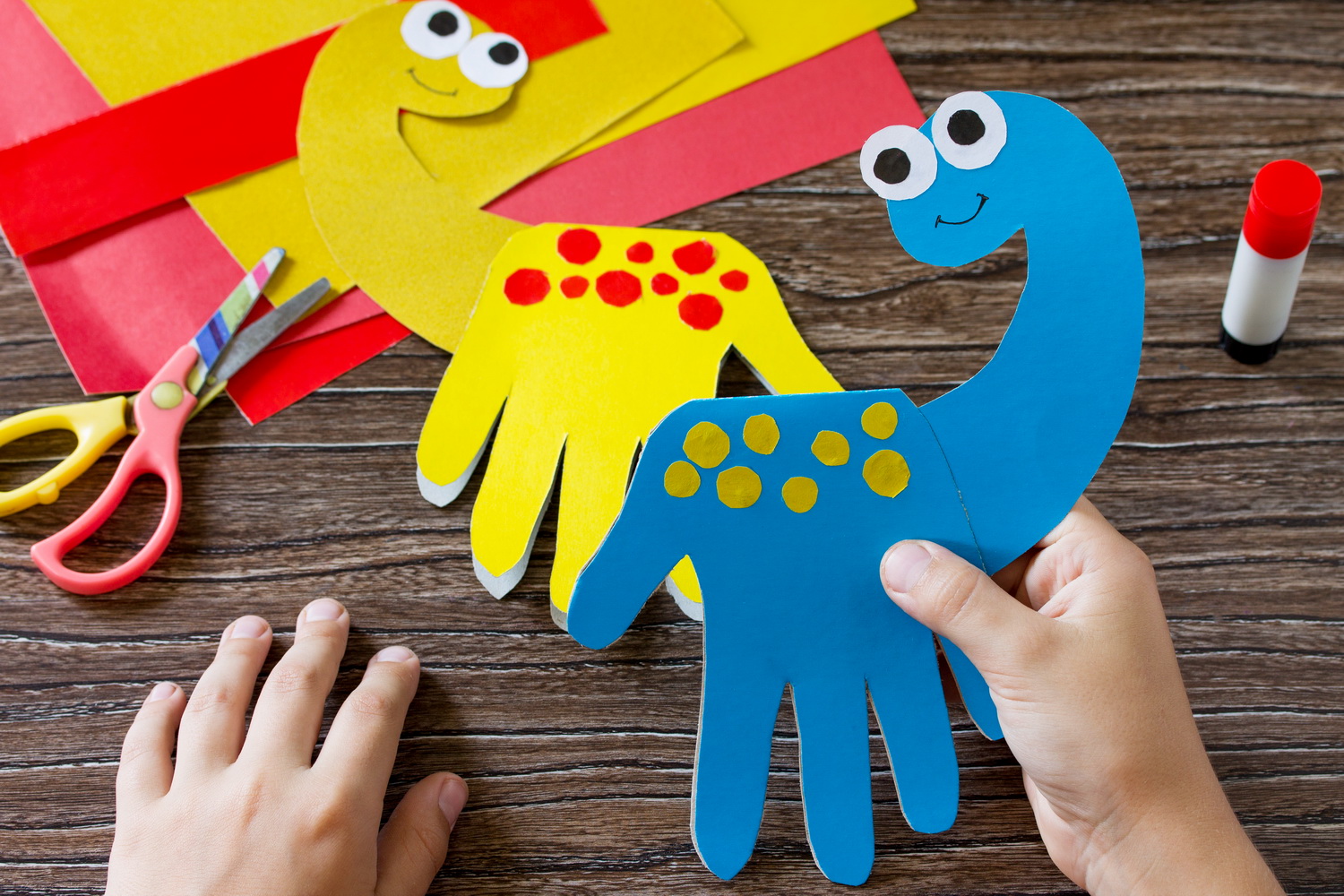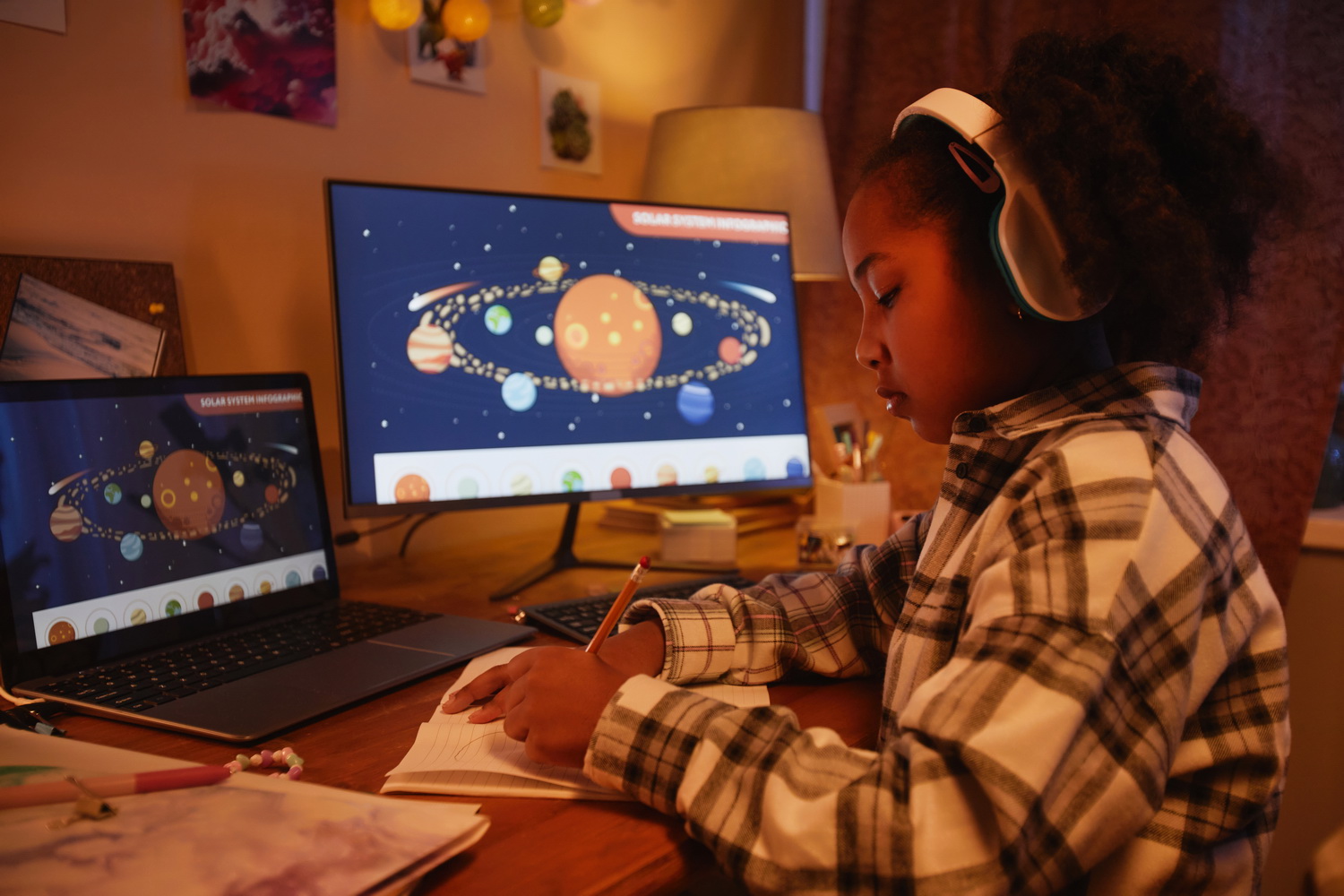Hyperactivity in Children: Tips for Parents and Calming Games Ideas
Jan. 9, 2023
Many parents are familiar with the situation when a toddler runs around the flat without stopping, screams, taps on furniture, lies down on the floor and waves his legs and arms and does not hear at all what you are telling him.
The first thing to do in this situation is to divert the toddler's attention.
To do this, you can use little tricks. For example, looking out the window you can say loudly and emotionally, ‘Look, look, a bird has flown!!!’ or ‘Oh, an ambulance (fire truck) drove up to our entrance. Something must have happened.’
You can also think of rituals that will help distract a toddler. For example, you can suddenly turn on the hairdryer to “dry the toddler`s tears”, or bring a vacuum cleaner and turn it on to “clean” a toddler from the whims.
Sometimes it is enough just to hug a toddler and quietly offer him to play a very, very interesting game or solve math worksheets together..
What games can (and should) be used in this situation?
- The game “Day-Night”. When you give the command “day” a toddler jumps and plays. When you give the command “night” a toddler pretends to be asleep. Or (alternatively) let a toddler imagine that he is a mouse and runs and plays until you say, ‘The cat is coming!’ (A toddler stays still like a statue (crouches, hides, etc.) when you say, ‘The cat is coming.’)
- The game “Storm at sea ‑ Calm in the port”. When you give the command “storm at sea” a toddler waves his arms (legs), makes noisy sounds imitating heavy sea. And when you give the command “calm in the port” his movements become quiet and smooth (leans against the sofa, sits on the floor, in an armchair, etc.).
- The game “Magic remote control”. Draw a remote control (or take a useless TV remote control), press the button on the remote and say, ‘Turn down the volume (turn off the sound, turn on the function of slowdown).’ The child should follow the correct commands. All the commands should be discussed in advance. At first, you can offer a toddler to “command” and you diligently obey the commands of the “remote”.
- “Tiger on the Hunt”. You and a toddler covered with a blanket and hidden behind a chair quietly “wait in ambush” for a long time. And then you jump and “catch” someone.
- Give a toddler an hourglass. Let a toddler see how the sand is pouring. Start with a 1-2 minute hourglass, increasing the time to 5-7 minutes. You can simultaneously turn on calm music as a background.

- “Diver at the Bottom of the Sea”. To enhance the effect of "working as a diver", put on a swimming mask on a toddler. Then offer him to take a deep breath and exhale air through a tube into a container with water (check the equipment and go down to the bottom of the sea). And then look for “sunken treasures” collecting laid out in advance soft toys from the carpet, etc. It is important to give a sample of inhalation and exhalation!
- “Blind Artist”. Beforehand you can tell your toddler a story about the artist Keith Salmon (a blind artist who was born in GB in 1959). For a start, try to draw something with your closed eyes (to involve a toddle in this activity, ask him to blindfold you). Draw, for example, a house with a window, the sun with rays, a cloud with rain. While drawing comment on what you are doing. A toddler should give you commands “now draw the walls of the house, the roof, a small window on the roof, a door, a large window near the door.” See what it will come to. If it turned out badly, laugh with the toddler. Then blindfold a toddler, give him a pencil and ask to draw the same thing. The toddler at the same time comments on what he is drawing. If your child really enjoys drawing, show him the free coloring pages, they will definitely love them.

- “Captain and Ship”. The captain should give commands (“right”, “left”, “straight”), and the ship should strictly follow them. You can choose a goal (for example, to swim to the kitchen or to the hallway for cargo (sweets), placing various obstacles in the room (soft toys, pillows), that symbolize islands and other ships.
- The game “Louder – Quieter”. You pronounce a word, and a toddler tries to pronounce this word louder than you did. And then, on the contrary, ask a toddler to pronounce quieter than you did.
- Block the road or grab a running around the flat toddler. In order to free himself, he should answer a question that requires concentration (to count the fingers on his hand or the windows in the flat).
- Together with a toddler, take a sock, pour 4-5 spoons of grain into it, and sew the sock. Offer your toddler to run, jump, and mess around while holding the sock with grain on his head. Promise him a prize if the bag does not fall until the timer rings (depending on the age, the time interval is 1-5 minutes).
Except for achieving an immediate effect, these kids learning games will also help a toddler learn how to control himself. Do not forget that it is important for parents to be patient and do not lose their temper. The reason is that a toddler unconsciously copies parents` behaviour and reflects their state.
- Offer your toddler to repeat all the words and actions after you. Start showing quick and sharp movements or shout loudly. Gradually move on to calmer and smoother movements and quiet speech. In conclusion, try not to move at all and speak in a whisper.
- Games with a magnetic board are a good variant to divert the toddler`s attention. Let a toddler make the patterns that he wants without any sample and hint. Let him show his imagination.

The most important thing is to let a toddler realize that his disobedience upsets you. And at the same time let him feel your care and love no matter what. If you would like to find more learning activities for your child, check out our Kids Academy website.
About the author
Germany, Ratingen.
Links and references:
- Elkonin, D. B. Psychology of the game / D. B. Elkonin. ‑ M. : Vlados,1999. – 358 p.
- Obraztsova, L. N. I myself! Stubborn child: little tips for parents / L.N. Obraztsova. ‑ Moscow: AST; St. Petersburg: Owl, 2007. – 90 p.
- https://www.spiel-des-jahres.com
- https://www.vospitaj.com/blog
- Kühne, N. Frühe Entwicklung und Erziehung – Die kritische Periode / N. Kühne // Unterrichtsmaterialien Pädagogik – Psychologie, Nr. 694, Stark Verlag, Hallbergmoos, 2012.
- Volzhenina, T. Fostering independence: tips for parents of children of all ages / T. Volzhenina // Vinograd. ‑ 2010. ‑ № 37. . – Date of access: 25.12.2021.












